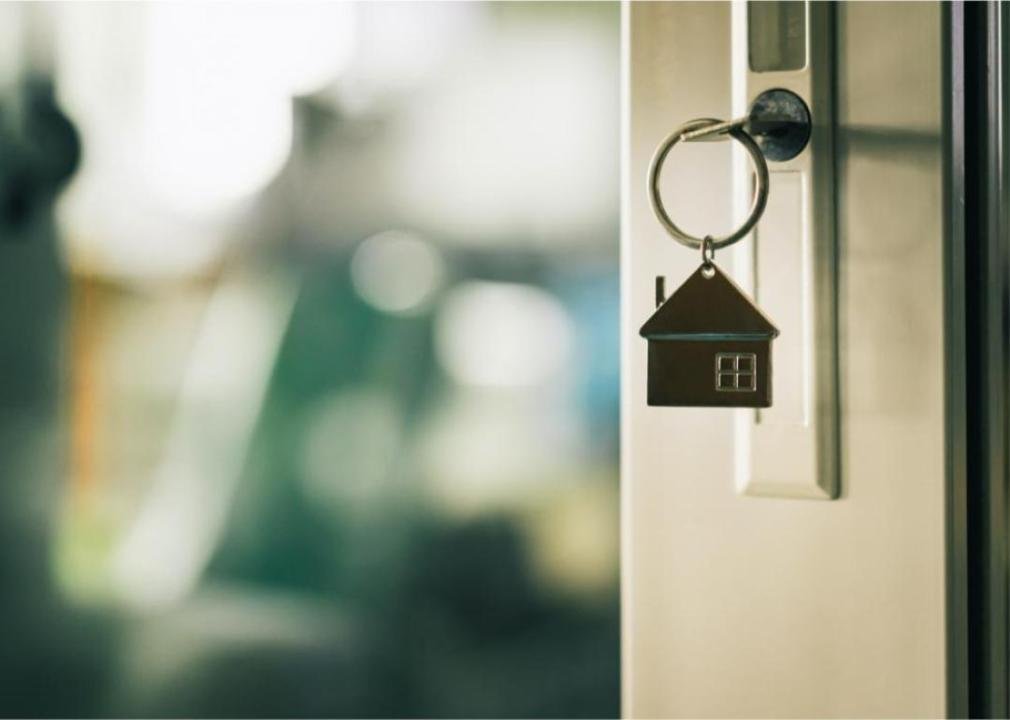The Black Homeownership Gap in Portland, Oregon
sombutwanitkul // Shutterstock
The Black Homeownership Gap in Portland, Oregon
When the Fair Housing Act of 1968 was signed into law, it prohibited racial discrimination in the sale of homes – a huge step forward for black Americans and other minorities. At this point in history, minority groups routinely faced clear and stark discrimination in selling, renting, or financing housing, and the law worked to level the playing field in the housing market to all. But while the passage of the law prohibited housing discrimination based on race, religion, national origin and gender, black homeownership rates remain the lowest of any racial group in the country. According to the US Census Bureau, the homeownership rate for African Americans was 44.1% at the end of 2020, while the homeownership rate for whites was 74.5%, proof of the significant difference.
What is more worrying is that the gap is widening. According to the National Community Reinvestment Coalition’s 2020 Home Mortgage Report, home loan originations in majority-minority neighborhoods fell to 18.5% that year from 19.1% two years earlier. Data from January 2022 also shows that the homeownership gap between black and white Americans is currently the widest in 100 years. Equally troubling is the fact that many lenders do not track race and ethnicity related to home loans. According to data from the NCRC report, a significant percentage of loan documents have been missing race and ethnicity data since 2018. This vital information, which ensures the loan process is fair and non-discriminatory, is missing in about 15% of all applications since 2018 – and missing for 75% of all purchased loans reviewed by NCRC. And, looking at top loan buyers, 15 out of 20 reported race and ethnicity data on 0% of their loan purchases, according to the report.
This wide gap in homeownership is due in part to issues with the private mortgage sector, which is struggling to meet the needs of many households of color, according to the NCRC. The report also indicates that the private mortgage market and laws to expand access to credit have not been able to help achieve equitable homeownership rates in black communities. The fact that many people of color live in credit deserts also compounds the problem of the homeownership gap, according to a HUD article published in March 2021. These areas offer little access to traditional credit, resulting in low or no credit scores for residents. — making it incredibly difficult to enter the homeownership arena.
To illustrate how pervasive this problem has become in metropolitan areas across the United States, Stacker has compiled a list of statistics on the Black property gap in Portland, Oregon, using data from the US Census Bureau. . Here’s what the statistics show about the black property gap in America.
Portland, Oregon by the numbers
– Home ownership gap among Blacks: 25.4%
— #112 lowest among all metros
– Home ownership rate: 61.8%
— Black homeownership rate: 38.6% (lowest #160 among all metros)
— Rate of white owners: 64.0%
— Home ownership rate for American Indians and Alaska Natives: 53.2%
— Rate of Asian owners: 66.5%
— Rate of Hispanic owners: 37.8%
Metros with largest black homeownership gap
#1. Concord, New Hampshire: 73.0%
#2. Lebanon, PA: 72.0%
#3. Green Bay, Wis.: 65.8%
Metros with the smallest black homeownership gap
#1. Victoria, TX: -8.6%
#2. San Luis Obispo-Paso Robles, CA: -8.5%
#3. Hutchinson, KS: -6.0%
You might also like: Top-Rated Brunch Restaurants in Portland, Oregon, According to Tripadvisor
![]()


Comments are closed.